These mason jar tattoos are so clever and adorable!
A Mason jar is a molded glass jar used in home canning to preserve food. The mouth of the jar has screw threads on its outer perimeter to accept a metal ring (or \”band\”).
The band, when screwed down, presses a separate stamped steel disc-shaped lid against the rim of the jar. An integral rubber ring on the underside of the lid creates a hermetic seal to the jar.
The bands and lids usually come with new jars, and bands and lids are also sold separately; while the bands are reusable, the lids are intended for single use when canning. While largely supplanted by other methods, such as the tin can and plastic containers, for commercial mass production, they are still commonly used in home canning.
In home canning, food is packed into the jar, leaving some empty \”head space\” between the level of food and the top of the jar, then the lid is placed on top of the jar with the integral rubber seal resting on the rim. The band is screwed loosely over the lid, allowing air and steam to escape. The jar is heat sterilized in boiling water or steam and the lid secured. The jar is then allowed to cool to room temperature.
The cooling of the contents creates a vacuum in the head space, pulling the lid into tight contact with the jar rim and creating a hermetic seal. Once cooled, the band is removed to prevent residual water between the jar threads and the lid from rusting the band. If the jar seal is properly formed, internal vacuum will keep the lid tightly on the jar.
Most metal lids are slightly domed to serve as a seal status indicator: the vacuum in a properly sealed mason jar pulls the lid down such that the dome is concave, but an improper or failed seal or microbial growth will cause the dome to pop upward.
The earliest glass jars were called wax sealers, because they used sealing wax, which was poured into a channel around the lip that held on a tin lid. This process was complicated and error-prone, but it was largely the only one available for a long time, and widely used even into the early 1900s. By far, though, the most popular form of seal was the screw-on zinc cap, the precursor to today\’s screw-on lids. The earliest successful application of this was discovered by Mason and patented on November 30, 1858, a date embossed on thousands of jars. Jars with \”Patent Nov 30th 1858\” were made in many shapes, sizes, and colors well into the 1900s. Since they were made in such quantity and used for such long periods, many of them have survived to the present day.



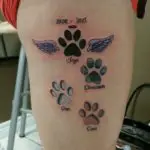




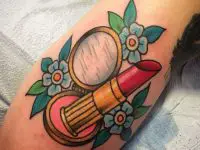




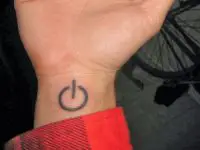


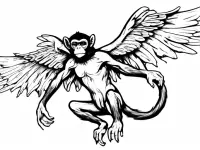

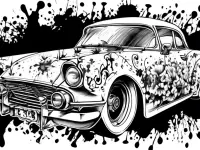



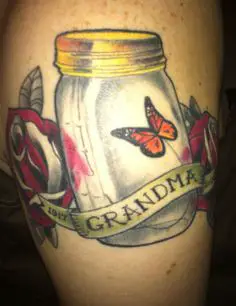
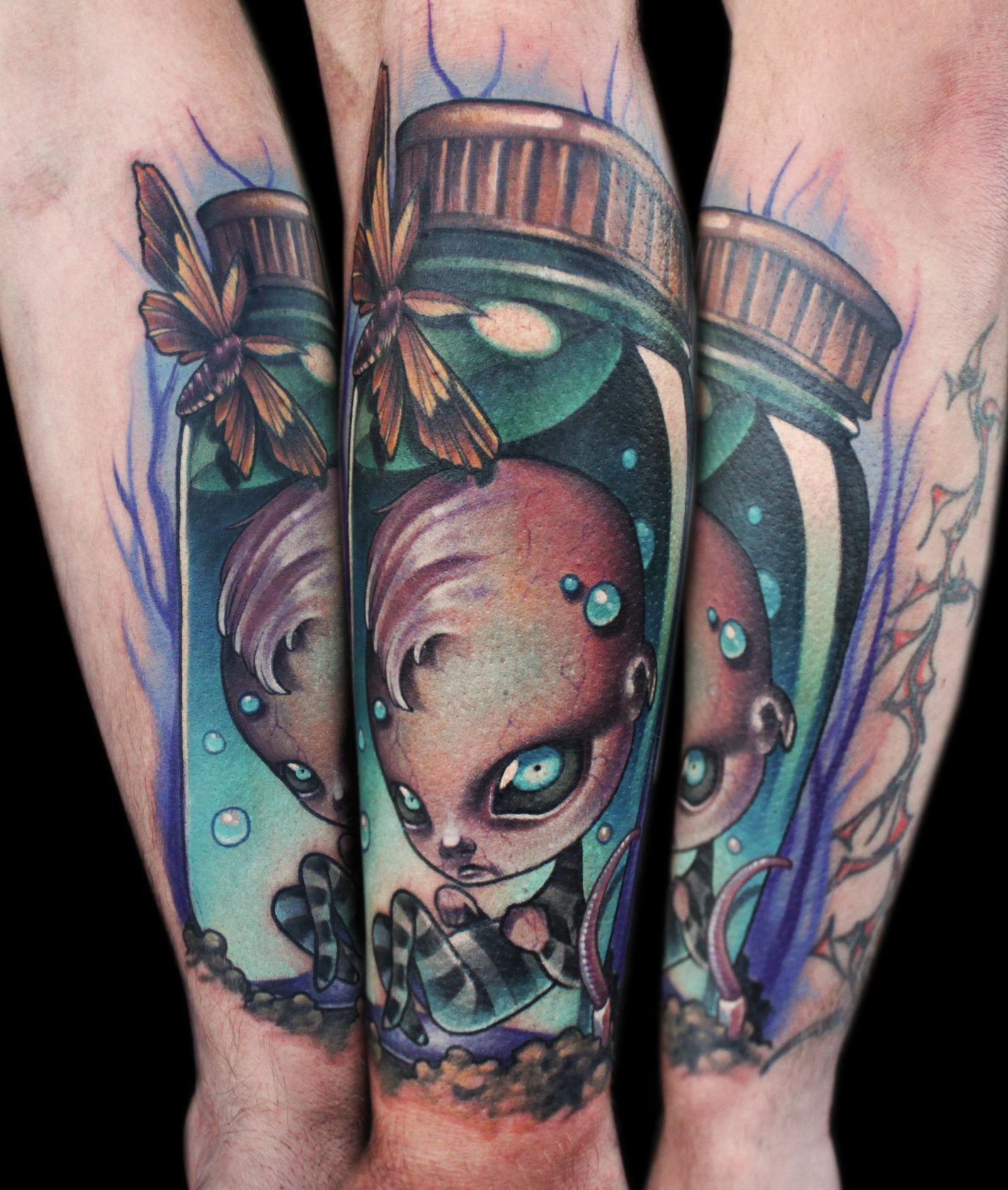
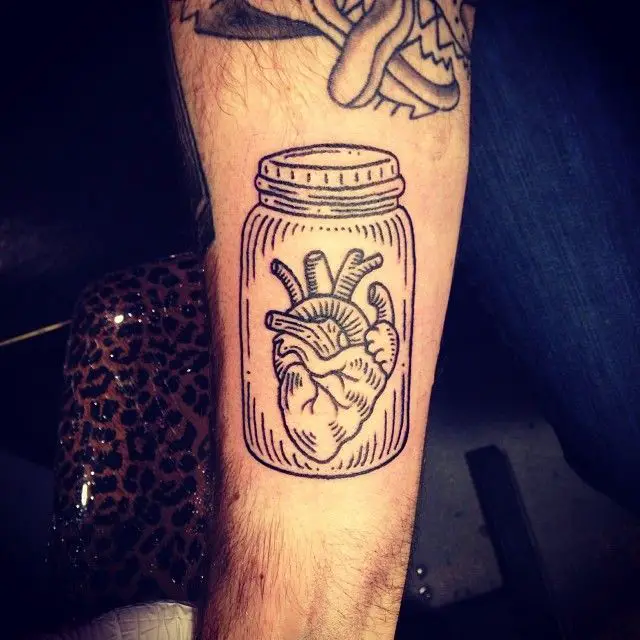
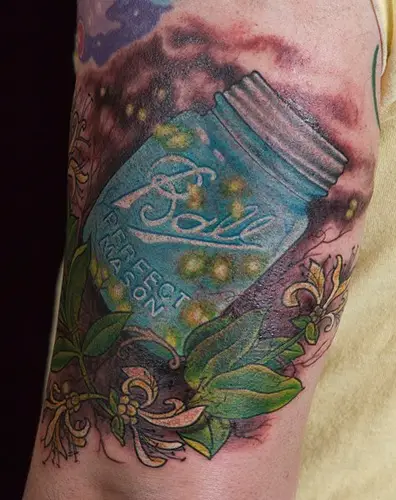
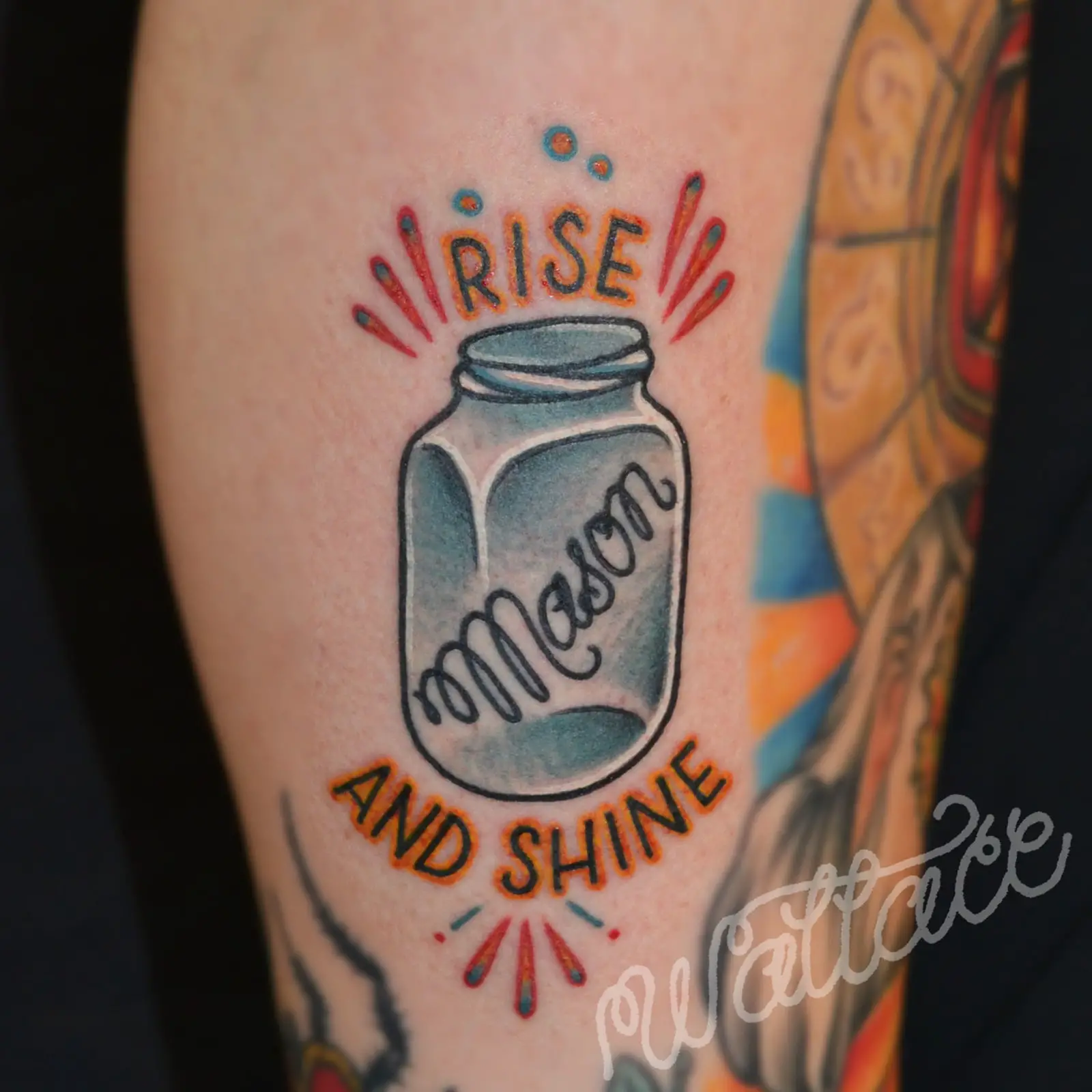
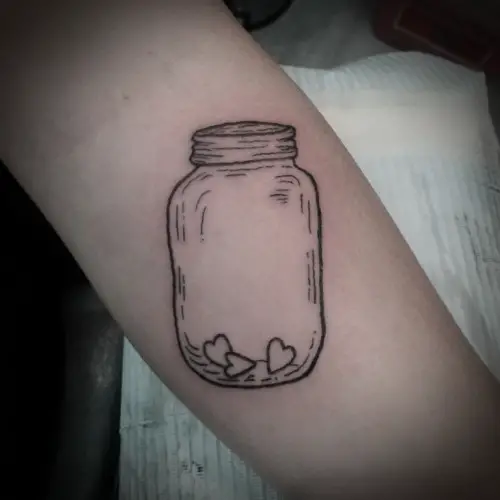
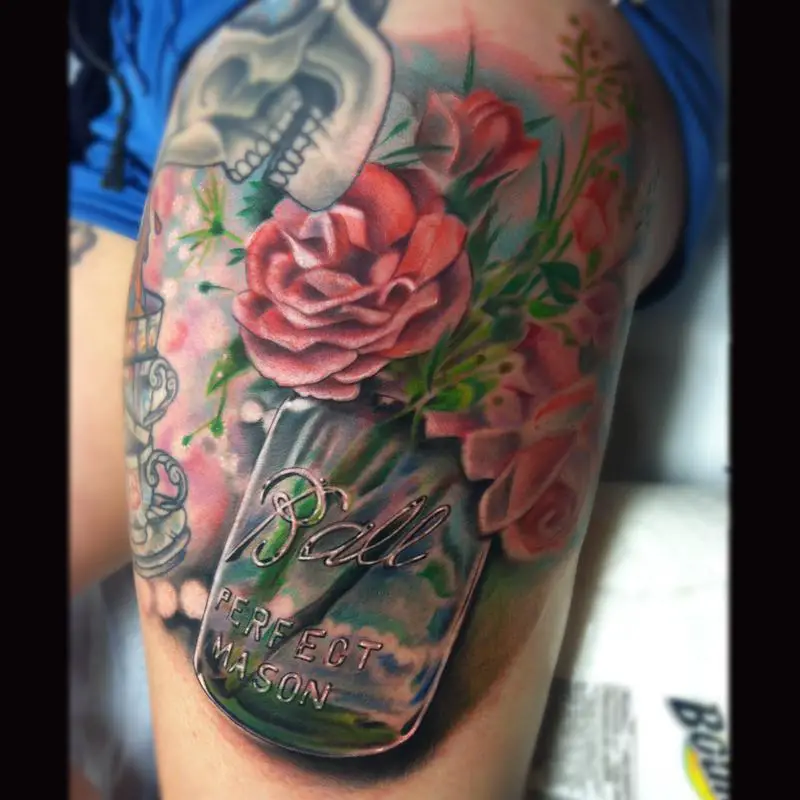

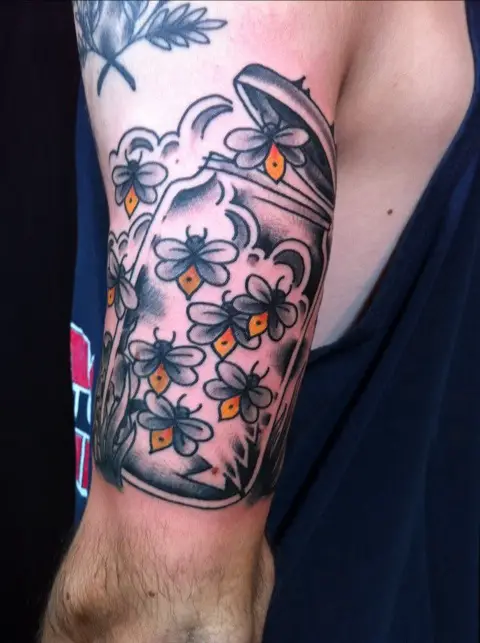
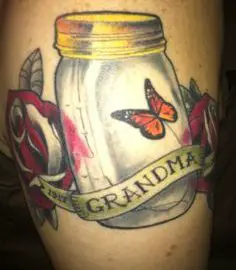
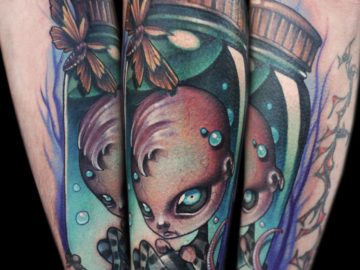
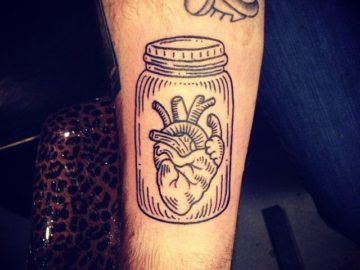
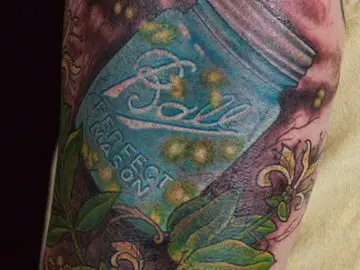
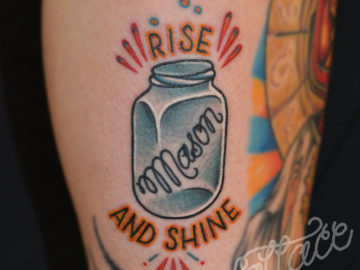
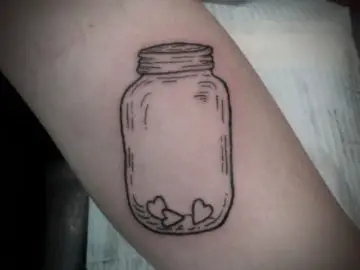

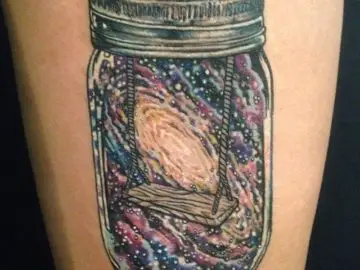
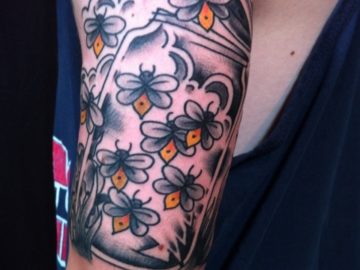
0 Comments